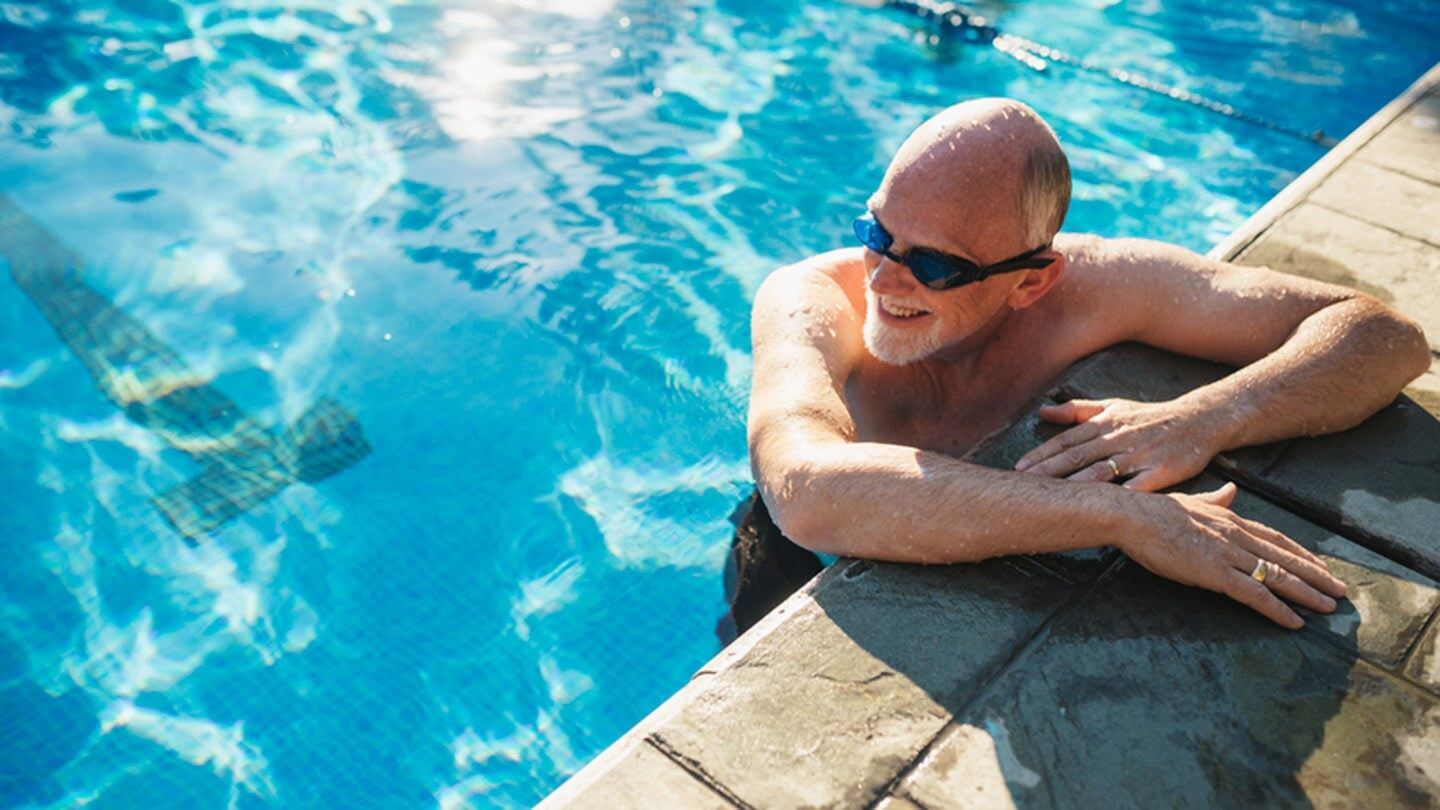Kidney issues are one of the many underlying reasons of lower back pain, which is a frequent condition. The kidneys are important organs that filter waste and extra fluid from the circulation. They are located in the lower back. Lower back discomfort can occur when kidney function is compromised or impacted by ailments such kidney stones, infections, or cysts. For early detection, precise diagnosis, and prompt treatment, it is essential to comprehend the connection between renal issues and lower back pain. In order to better understand the relationship between kidney issues and lower back pain, this article will discuss symptoms, the diagnosis procedure, available treatments, and possible preventative actions. By raising knowledge of this connection, people will be better able to identify the possible contribution of renal disorders to their lower back pain and seek the proper medical attention to properly manage underlying kidney concerns.
An explanation of how kidney problems and lower back discomfort are related
Because of the kidneys’ physical location, lower back discomfort and kidney disease are related. Although the kidneys are situated in the upper abdomen, right below the ribs, they also reach the lower back. Inflammation, blockage, or damage to the kidneys can result from renal issues such as kidney stones, infections, cysts, or other disorders. Referred discomfort to the lower back may occur from this.
For instance, when kidney stones pass through the urinary canal, they can cause excruciating agony. Kidney stones are hard deposits that originate in the kidneys. They can impede the flow of urine from the kidneys to the bladder, which can cause excruciating lower back discomfort. Pyelonephritis, an infection of the kidneys, can inflame and enlarge the kidneys, resulting in localized pain that travels to the lower back.
In addition, diseases like polycystic kidney disease or kidney cysts can make the kidneys expand, stretching the renal capsule and surrounding tissues. Lower back pain that is dull and painful may arise from this.
It’s crucial to remember that not all lower back pain is caused by kidney troubles; some cases of lower back pain may also be brought on by musculoskeletal disorders, spinal diseases, or nerve compression. In order to uncover any potential kidney-related problems and pinpoint the underlying cause of lower back pain, it is imperative to seek the advice of a healthcare specialist and undergo a thorough evaluation.
Symptoms and Indicators of Lower Back Pain Caused by the Kidney
Urinary Changes:
Kidney issues might alter one’s urination patterns. This can involve changing the amount of pee produced, having difficulty urinating, or feeling as though the bladder isn’t completely empty.
Painful Urination:
Kidney-related problems can occasionally cause pain or a burning feeling during urinating. This can indicate renal irritation or a urinary tract infection.
Edoema and edoema:
Kidney issues can disturb the body’s normal fluid balance, causing fluid retention and swelling. In addition to the legs, ankles, and feet, the lower back region may also show signs of swelling.
Changes in Blood Pressure:
The kidneys are essential for controlling blood pressure. Hypertension, a condition marked by high blood pressure, can be exacerbated or, in rare instances, caused by kidney issues.
Nausea:
Lower back discomfort caused by the kidneys can cause nausea and vomiting in some people. This is more likely to happen if the pain is severe or if there is an underlying infection or obstruction.
Fatigue and Weakness:
Toxin accumulation brought on by kidney issues can leave one feeling weak, fatigued, and generally low in energy.
Managing and Treating Lower Back Pain Caused by the Kidneys
Drugs and Antibiotics:
Antibiotics are recommended to treat the underlying infection in kidney infections and other kidney disorders caused by bacteria. It’s crucial to finish the entire antibiotic course that your doctor has advised. To treat particular kidney-related symptoms or side effects including hypertension or electrolyte imbalances, a doctor may prescribe additional drugs.
Therapy:
Lower back pain might be temporarily relieved by the application of heat or cold packs to the affected area. While cold therapy can numb the area and reduce inflammation, heat therapy helps to relax muscles and promote blood flow.
Techniques for Managing Stress:
Chronic pain, such as lower back pain brought on by renal disease, can be made worse by stress. Deep breathing exercises, meditation, yoga, or mindfulness activities can all be used to manage stress in a way that eases tension and encourages rest.
Supportive measures:
The lower back can be given more stability and relief by using supportive tools like a back brace or lumbar support. These tools can lessen back muscle strain and encourage good alignment.
Education and lifestyle changes:
You can effectively manage kidney-related lower back pain by being knowledgeable about kidney health and implementing the required lifestyle changes. Understanding dietary guidelines, cutting back on salt, stopping smoking, consuming alcohol in moderation, and managing chronic diseases like diabetes and high blood pressure are a few examples of what this might entail.
Conclusion
For prompt diagnosis, suitable therapy, and efficient management, it is essential to comprehend the connection between kidney problems and lower back pain. Nephrologists or other medical specialists should be consulted for a precise diagnosis, a customized treatment plan, and continuing support. Individuals can take proactive measures to manage their condition, enhance kidney health, and relieve discomfort by being aware of the link between renal issues and lower back pain. This will ultimately improve their overall health.



